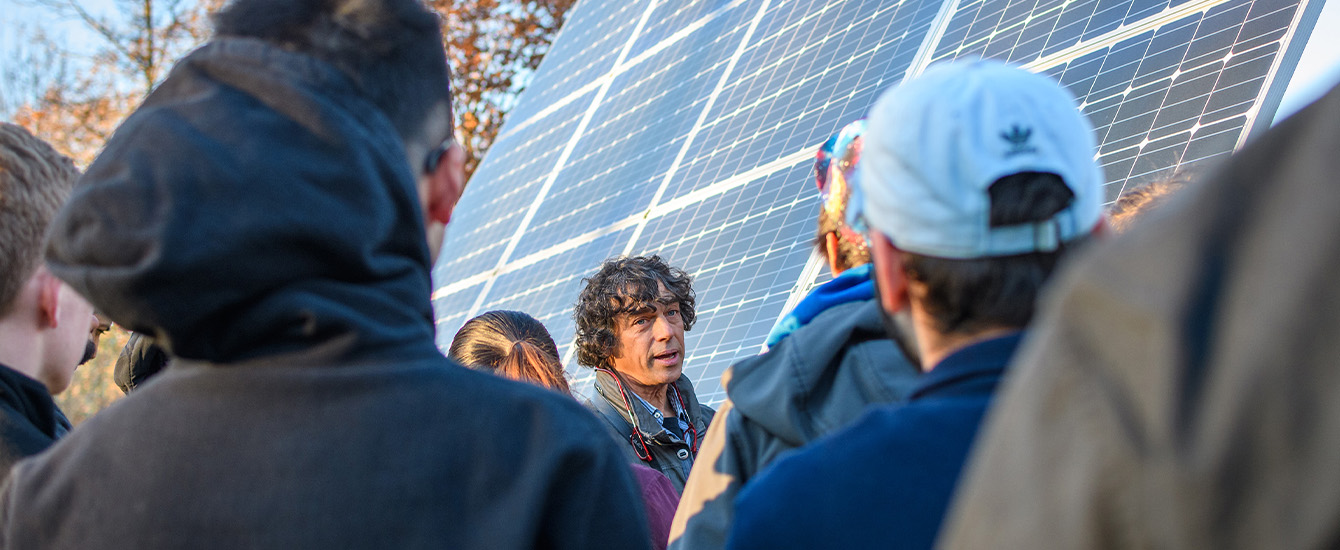Physics
The study of the magnetic breakdown effect as a function of angle in the organic conductor K-(BEDT-TTF)2Cu(NCS)2 in high magnetic fields
Document Type
Conference Proceeding
Abstract
The magnetic breakdown effect can be seen by the growth of new frequencies in the quantum oscillations in clean metals as a function of magnetic field. We have studied the variation of the amplitudes in the quantum oscillations in the resistance (the Shubnikov-de Haas effect) as a function of angle in the quasi-two dimensionaI-organic conductor κ-(BEDT-TTF)2Cu(NCS) 2. The measurements were made by means of a radio frequency (rf) tank circuit (∼50 MHz) at very high magnetic fields(50T-60T) and low temperature(500 mK). The geometry of the rf excitation we used excited in-plane currents, and therefore we measured the in-plane resistivity. In contrast to conventional transport measurements that measure the inter-plane resistivity, the in-plane resistivity is dominated by the magnetic breakdown frequencies. As a result we measured much higher breakdown frequency amplitudes than conventional transport experiments, As is expected, the angular dependence of the Shubnikov-de Haas frequencies have a 1/cosθ behavior. This is due to the change of the cross sectional area of the tubular Fermi surface as the angle with respect to the magnetic field is changed. The amplitude of the oscillations changes due to the spin splitting factor which takes into account the ratio between the spin splitting and the energy spacing of the Landau levels which also has 1/cosθ behavior. We show that our data agree with the semi-classical theory (Lifshitz-Kosevich formula).
Publication Title
International Journal of Modern Physics B
Publication Date
8-30-2002
Volume
16
Issue
20-22
First Page
3355
Last Page
3359
ISSN
0217-9792
DOI
10.1142/s0217979202014401
Keywords
magnetic fields, superconductivity
Repository Citation
Mihut, I.; Agosta, C. C.; Mielke, C. H.; and Tokomoto, M., "The study of the magnetic breakdown effect as a function of angle in the organic conductor K-(BEDT-TTF)2Cu(NCS)2 in high magnetic fields" (2002). Physics. 36.
https://commons.clarku.edu/faculty_physics/36
Cross Post Location
Student Publications



